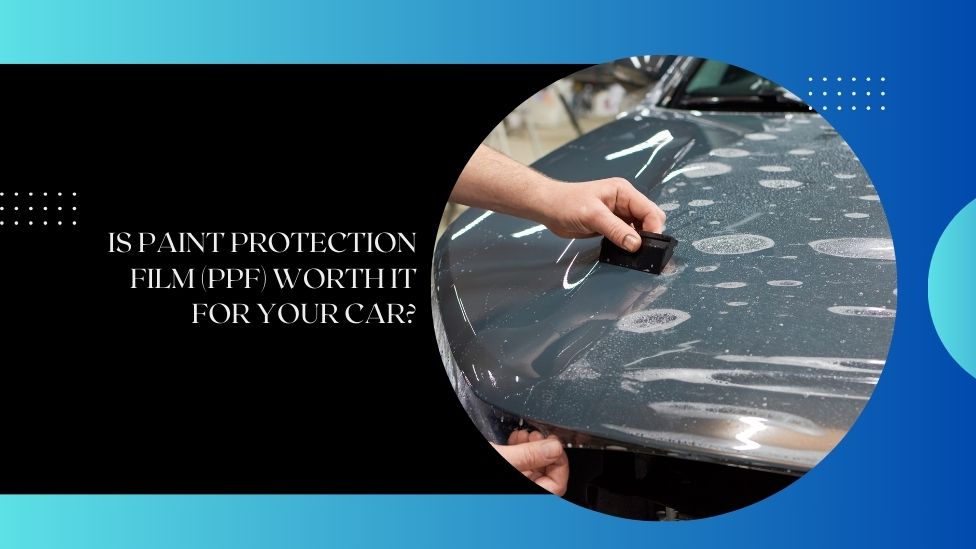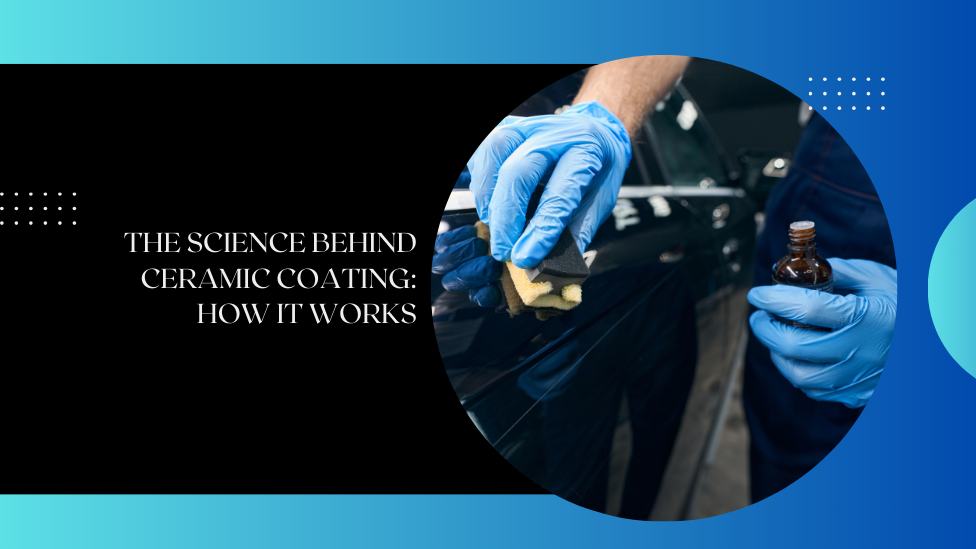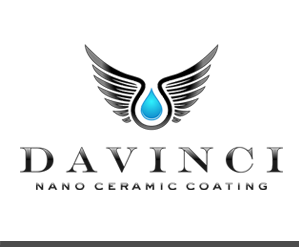If you’re a car enthusiast or simply want to protect your vehicle’s value and appearance, you’ve probably come across the term PPF for cars. But what exactly is it, and is it really worth the investment?
Paint Protection Film (PPF), also known as clear bra, is a transparent polyurethane film that’s applied to the exterior surfaces of your car. Its primary purpose is to protect the paint from chips, scratches, chemical stains, and even UV damage. With rising costs in vehicle maintenance and increasing awareness about vehicle care, many car owners are turning to PPF as a reliable solution.
Let’s explore the true value of PPF and whether it’s a smart choice for your car.
What is Paint Protection Film?
Paint Protection Film is a thin, flexible, and virtually invisible layer of material that is applied to painted surfaces of your car. It acts as a shield against everyday wear and tear, including gravel impact, minor abrasions, road debris, bug splatter, and harmful UV rays. Modern PPFs are self-healing, meaning small scratches can disappear with heat exposure—either from sunlight or warm water.
Unlike older versions, today’s PPFs are engineered for longevity, gloss enhancement, and hydrophobic properties, making them more advanced and effective than ever before.
The Key Paint Protection Film Benefits
Understanding the paint protection film benefits helps clarify why it has become a top-tier option for vehicle protection. Here are the most compelling advantages:
1. Scratch and Chip Resistance
The most talked-about benefit of PPF is its ability to prevent scratches and rock chips. Whether you’re commuting daily or taking road trips, your car is constantly exposed to flying debris. PPF acts as a sacrificial layer, absorbing the damage and leaving your factory paint untouched.
2. Preservation of Paint Quality
Over time, UV rays can oxidize and dull your car’s paint. PPF provides a UV-resistant barrier that helps maintain your vehicle’s glossy finish. This not only keeps the car looking newer for longer but also helps retain its resale value.
3. Self-Healing Technology
Most high-end PPFs feature self-healing capabilities. Light scratches and swirl marks from car washes can vanish simply by parking the car in the sun. This means your car always looks polished without frequent polishing or detailing.
4. Stain Resistance
Bird droppings, bug splatter, tree sap, and road tar are common culprits of paint staining. With PPF in place, these contaminants can be easily cleaned off without causing any permanent damage to the paint.
5. Hydrophobic Surface
New-generation PPFs are designed to repel water and dirt, making your vehicle easier to wash and maintain. The hydrophobic layer minimizes water spots and keeps the surface cleaner between washes.
Where Should PPF Be Applied?
You can customize PPF installation depending on your driving habits and budget. Some owners opt for full-body coverage, while others focus on high-impact areas like:
- Front bumper
- Hood and fenders
- Side mirrors
- Door edges and handles
- Rocker panels and rear wheel arches
Partial installations are budget-friendly and still offer excellent protection in vulnerable areas.
How Long Does PPF Last?
The longevity of Paint Protection Film depends on its quality and how well it’s maintained. Premium films from top brands can last 5 to 10 years with proper care. Most come with warranties that cover discoloration, bubbling, and peeling.
To extend the life of PPF, it’s essential to:
- Wash the car regularly with PPF-safe soaps
- Avoid abrasive cleaning tools
- Apply a ceramic coating on top of PPF for added slickness and protection
Is PPF Better Than Ceramic Coating?
Many car owners confuse PPF with ceramic coating, but the two serve different purposes. While ceramic coating offers hydrophobic and gloss-enhancing properties, it does not provide physical protection from scratches or impact.
PPF, on the other hand, offers both physical and chemical resistance. In fact, some car owners combine both—applying ceramic coating on top of PPF to get the best of both worlds.
If your goal is to prevent scratches, paint chips, and environmental damage, paint protection film is the superior choice.
Is It Worth the Cost?
This is the million-dollar question for many car owners.
PPF isn’t cheap. Professional full-body installation can cost anywhere from $2,000 to $7,000 depending on your car and the film quality. But consider it an investment, not an expense.
Here’s why:
- Protection from costly repairs: A single scratch repair on a luxury car can cost hundreds. PPF helps avoid repeated paint jobs.
- Increased resale value: A well-maintained exterior boosts your car’s appeal when selling or trading in.
- Peace of mind: Drive worry-free, knowing your car is protected from daily hazards.
When you weigh the protection, durability, and long-term savings, PPF becomes a justifiable expense—especially for new cars, luxury models, or daily drivers that see a lot of road time.
Who Should Get PPF?
PPF is ideal for:
- New car owners who want to preserve factory paint
- Drivers who clock high mileage and frequent highways
- Luxury or exotic car owners
- Enthusiasts who attend car shows or meets
- Off-road or mountain area drivers exposed to debris and gravel
Even if you’re not a hardcore car enthusiast, PPF for cars ensures your investment stays protected and visually flawless for years.
Final Verdict
So, is Paint Protection Film worth it for your car? Absolutely—if you care about your car’s appearance, long-term value, and protecting it from the elements. While the upfront cost may seem steep, the protection and peace of mind it offers are priceless.
In a world where even minor damage can cost hundreds to fix, applying PPF is one of the smartest decisions you can make for your vehicle.





